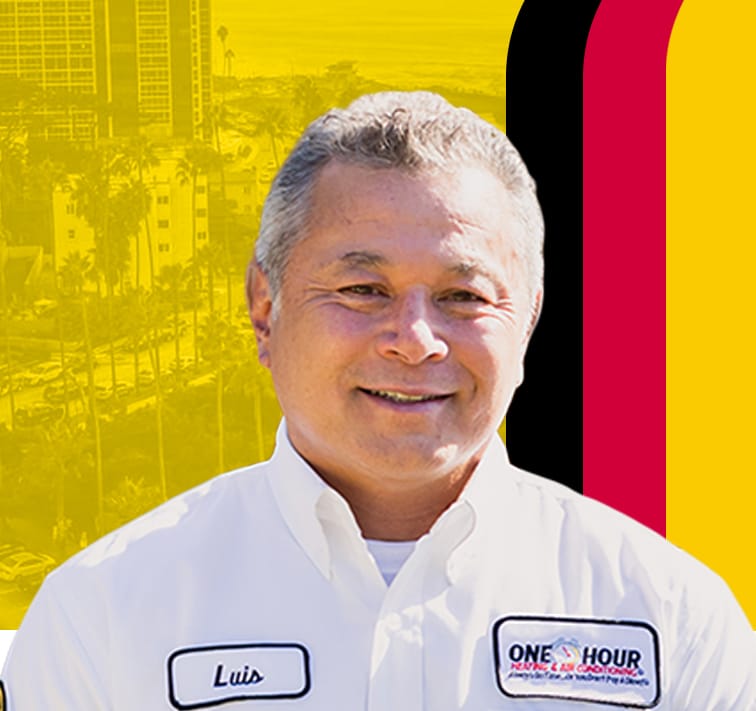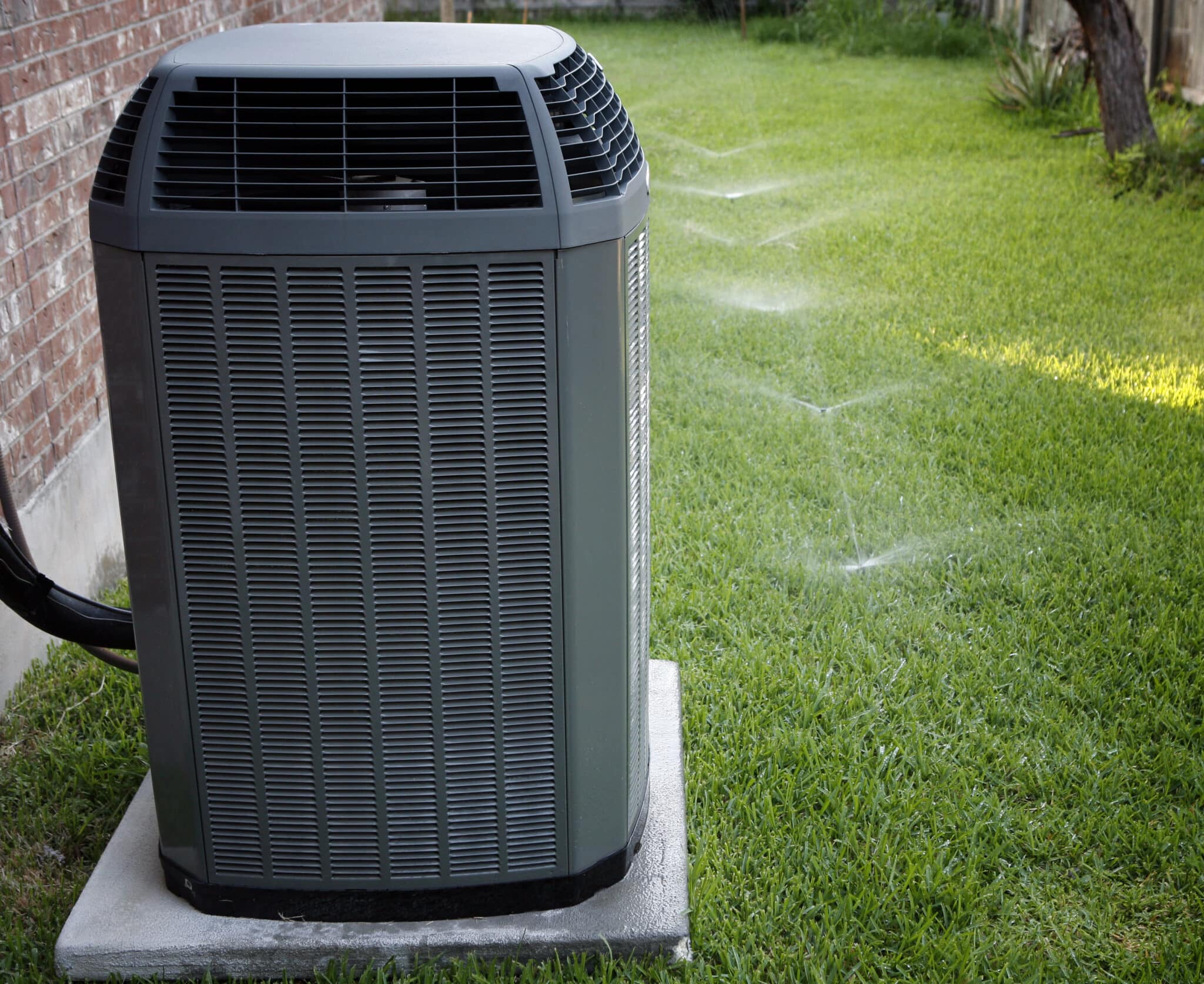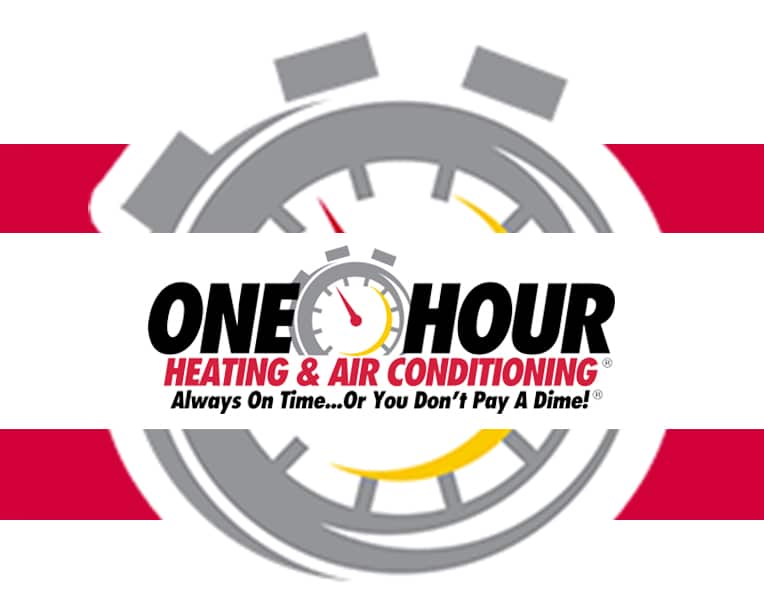As the warm months of summer approach, it’s crucial to ensure your HVAC system is ready to handle the heat. In San Diego, CA, where summer temperatures can soar, having a well-maintained HVAC system is essential for comfort and safety. This comprehensive guide will walk you through everything you need to know to prepare your HVAC system for San Diego’s summer. From basic maintenance tips to when to call in the professionals, we’ve got you covered.
Understanding Your HVAC System
Before diving into the specifics of preparing your HVAC system for summer, it’s important to understand how it works. HVAC stands for Heating, Ventilation, and Air Conditioning. This system is responsible for maintaining the temperature and air quality in your home, ensuring a comfortable living environment throughout the year. The HVAC system consists of several key components, each playing a vital role in its operation.
Components of an HVAC System
- Thermostat: The thermostat is the control center of the HVAC system. It allows you to set your desired temperature and manages the system’s operation to maintain that temperature. Modern thermostats often include programmable and smart features, enabling more precise control and energy savings.
- Air Handler: The air handler is responsible for circulating air throughout your home. It houses the blower motor, which moves air across the heating or cooling elements and into the ductwork.
- Evaporator Coil: Located inside the air handler, the evaporator coil absorbs heat from the indoor air when the air conditioner is running. This cooled air is then distributed throughout your home via the ductwork.
- Condenser: The condenser unit is located outside your home. It releases the heat absorbed by the evaporator coil to the outside air. This component includes a fan, a condenser coil, and a compressor.
- Ductwork: The ductwork is a network of tubes that distribute conditioned air throughout your home. Properly sealed and insulated ducts are crucial for maintaining efficiency and consistent temperature control.
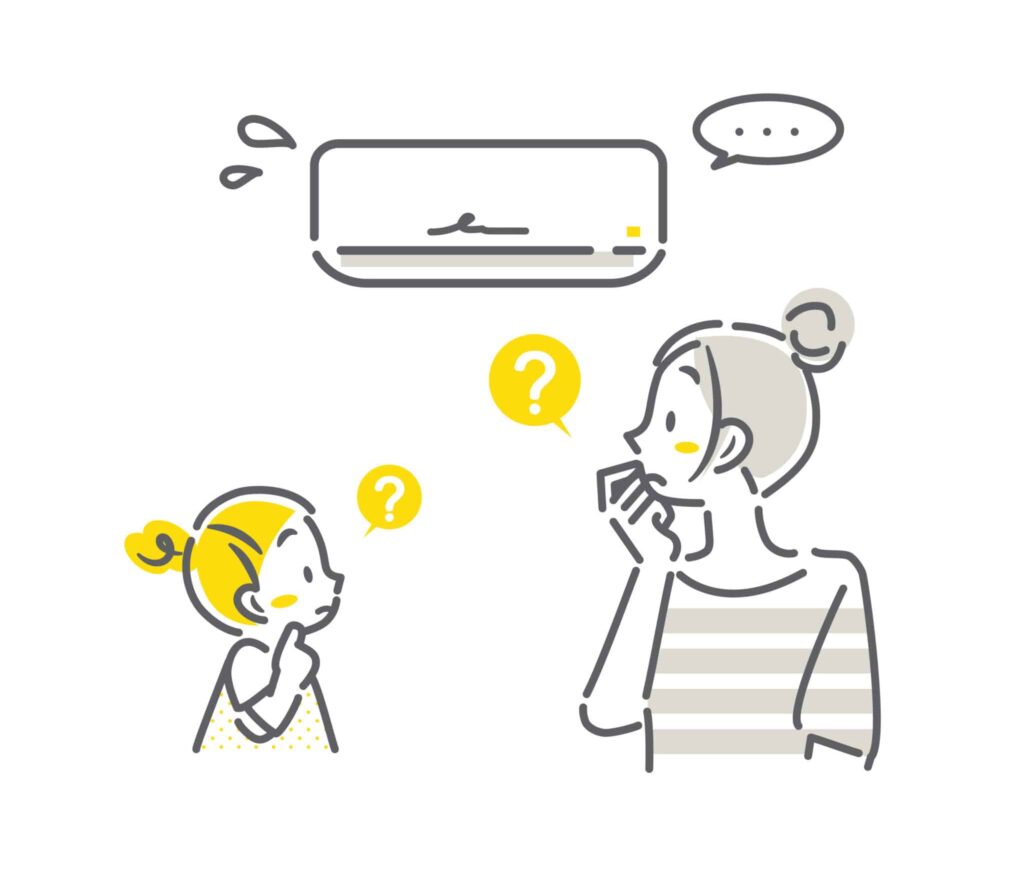
Why Summer Preparation is Crucial
Getting your cooling and ventilation system ready for summer in San Diego is vital for several reasons. The summer months can bring extreme heat, and ensuring your system is in optimal condition will help you stay cool and comfortable. Here are the key reasons why summer preparation is essential:
Efficiency
A well-maintained setup runs more efficiently, saving you money on energy bills. When your cooling system is clean and all components are functioning properly, it doesn’t have to work as hard to maintain your desired temperature. This reduces energy consumption and can significantly lower your utility bills. Regular maintenance tasks, such as replacing air filters and cleaning coils, can improve efficiency.
Comfort
Ensuring your system is in top shape keeps your home cool and comfortable during the hottest months. In San Diego, where temperatures can soar, a reliable and efficient air conditioning unit is essential for maintaining a pleasant indoor environment. A well-prepared system will effectively cool your home, providing consistent comfort throughout the summer.
Longevity
Regular maintenance extends the lifespan of your cooling equipment. Just like any other mechanical system, your unit requires regular care to operate at its best. Preventive maintenance helps identify and address potential issues before they become major problems, reducing the likelihood of costly repairs or system failure. By investing in regular upkeep, you can extend the life of your cooling and ventilation equipment and protect your investment.
Health
Clean systems improve indoor air quality, reducing allergens and pollutants. Over time, dust, dirt, and other contaminants can accumulate in your equipment. These particles can be circulated throughout your home, potentially affecting your health. Regular maintenance, including cleaning and replacing filters, helps to keep the air in your home clean and free from allergens and pollutants. This is especially important for individuals with allergies or respiratory conditions.
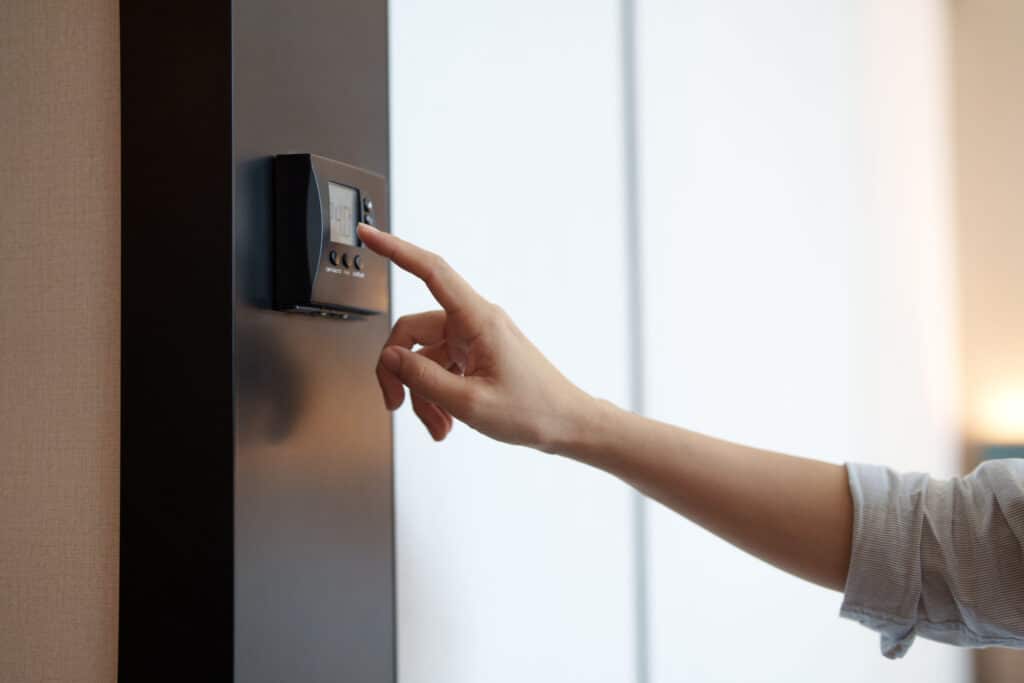
Step-by-Step Guide to Preparing Your HVAC System
Inspect and Replace Air Filters
Air filters are crucial for maintaining air quality and system efficiency. Dirty filters restrict airflow, causing your system to work harder and potentially overheat. Check your air filters every month and replace them every 1-3 months, depending on usage and the type of filter. Choose filters with a high MERV (Minimum Efficiency Reporting Value) rating for better filtration.
Clean the Outdoor Unit
The outdoor unit, also known as the condenser, is exposed to the elements and can accumulate dirt, leaves, and debris. Always turn off the power to the unit before cleaning. Clear away any debris from around the unit, and use a soft brush or vacuum to gently clean the fins. If any fins are bent, straighten them with a fin comb.
Check the Thermostat
Your thermostat is the control center of your HVAC system. Ensuring it functions properly is essential for maintaining a comfortable temperature. Consider upgrading to a programmable or smart thermostat for better control and energy efficiency. Make sure your thermostat is correctly calibrated; even a few degrees off can affect efficiency.
Inspect and Clean Ductwork
Dirty or leaky ducts can significantly impact system efficiency. Check for visible leaks or damage in your ductwork. If your ducts are dirty, hire a professional to clean them, which can improve air quality and system performance. Seal any leaks with duct tape or mastic sealant.
Check Refrigerant Levels
Refrigerants are essential for cooling your home. Low refrigerant levels can indicate a leak and affect performance. Have a professional check your refrigerant levels and top them off if necessary. If levels are consistently low, there may be a leak that needs to be repaired.
Clean the Evaporator Coil
The evaporator coil absorbs heat from your home and can become dirty over time. Always turn off the power before cleaning. Use a soft brush to remove dust and debris from the coil, or use a no-rinse coil cleaner for a more thorough clean.
Inspect the Blower Motor and Belt
The blower motor and belt are crucial for circulating air through your system. Inspect the belt for any signs of wear or fraying and replace it if necessary. Some blower motors require lubrication, so check your owner’s manual for instructions.
Test the System
After performing all the necessary maintenance, it’s time to test your HVAC system to ensure it’s ready for the summer heat. Turn on your system and set it to the cooling mode. Ensure that cool air is coming from the vents and that the system cycles on and off correctly. Pay attention to any unusual noises, such as banging or rattling, which could indicate a problem.
By following these steps, you can ensure your HVAC system is prepared for the demanding summer months in San Diego. Proper maintenance not only enhances efficiency and comfort but also extends the lifespan of your system, providing peace of mind as temperatures rise.
When to Call a Professional
While many maintenance tasks can be performed by homeowners, some require the expertise of a professional HVAC technician. Knowing when to call in the pros can save you time, and money, and ensure your system operates safely and efficiently. Here are some situations where it’s best to seek professional help:
Complex Repairs
If your system requires complex repairs or you suspect a refrigerant leak, it’s best to call a professional. Refrigerant handling requires specialized equipment and knowledge due to its potentially hazardous nature. Additionally, complex repairs often involve intricate electrical components and detailed system knowledge, which professionals are trained to manage safely and effectively.
Annual Maintenance
Scheduling an annual maintenance checkup with a professional is a proactive way to ensure your system is in top shape. During these checkups, technicians can perform a comprehensive inspection, cleaning, and tune-up of your system, addressing any minor issues before they escalate into major problems. This routine maintenance is crucial for maintaining efficiency and extending the lifespan of your equipment.
System Upgrades
If you’re considering upgrading your HVAC system, a professional can help you choose the right unit for your home and install it correctly. Upgrading to a more energy-efficient system or integrating smart technology can significantly enhance your home’s comfort and reduce energy bills. A professional can ensure that the new system is properly sized and installed to operate at its peak efficiency.
Benefits of Professional Maintenance
Hiring a professional to maintain your HVAC system offers several benefits that go beyond the capabilities of DIY maintenance:
Expertise
Professionals have the knowledge and experience to identify and fix issues that homeowners might miss. They are trained to spot potential problems and inefficiencies that could affect your system’s performance. Their expertise ensures that all components are functioning correctly and that any necessary adjustments are made.
Efficiency
A well-maintained system runs more efficiently, saving you money on energy bills. Professionals can optimize your system’s performance, ensuring it operates at peak efficiency. This includes tasks such as cleaning and adjusting components, checking refrigerant levels, and ensuring proper airflow.
Longevity
Regular professional maintenance can extend the lifespan of your system. By addressing wear and tear and performing routine upkeep, professionals help prevent major breakdowns and prolong the life of your equipment. This can save you money in the long run by delaying the need for a costly replacement.
Peace of Mind
Knowing that your system has been thoroughly checked and maintained provides peace of mind during the hot summer months. You can rest easy knowing that your system is less likely to fail when you need it most and that any issues have been addressed before they can cause significant problems.
Energy-Saving Tips for Summer
In addition to preparing your HVAC system, there are several other ways to save energy and keep your home cool during the summer. Implementing these tips can help reduce your energy bills and improve overall comfort:
Use Ceiling Fans: Ceiling fans can help circulate air and reduce the workload on your HVAC system. By using fans in conjunction with your air conditioner, you can raise the thermostat by a few degrees without sacrificing comfort. This can lead to significant energy savings over time.
Close Blinds and Curtains: Keeping blinds and curtains closed during the hottest parts of the day can reduce heat gain. Blocking out direct sunlight helps keep your home cooler and reduces the demand on your air conditioning system. Consider using blackout curtains or shades for even greater heat reduction.
Seal Windows and Doors: Ensure that windows and doors are properly sealed to prevent cool air from escaping. Check for drafts and use weatherstripping or caulk to seal any gaps. Proper insulation is key to maintaining a consistent indoor temperature and reducing energy waste.
Use a Programmable Thermostat: Set your thermostat to a higher temperature when you’re not home to save energy. Programmable thermostats allow you to create a schedule that adjusts the temperature based on your routine, ensuring comfort when you’re home and energy savings when you’re not. Smart thermostats can even learn your habits and make adjustments automatically.
Maintain a Comfortable Temperature: Set your thermostat to the highest comfortable temperature to reduce energy usage. Each degree you raise the thermostat can result in significant energy savings. Finding the balance between comfort and efficiency can help lower your energy bills without compromising your indoor environment.
By following these tips and ensuring your HVAC system is well-maintained, you can enjoy a cool, comfortable home throughout the summer while keeping energy costs under control. Regular maintenance and smart energy practices are key to maximizing the efficiency and longevity of your heating and cooling equipment.
Preparing for Emergencies
Even with the best maintenance, HVAC systems can sometimes fail. Being prepared for emergencies can help you stay cool and comfortable until repairs can be made.
- Have a Backup Plan: Consider having fans or portable air conditioners on hand in case your HVAC system fails.
- Know Your Service Provider: Have the contact information for a reliable HVAC service provider, such as One Hour Heating & Air Conditioning of San Diego, ready in case of an emergency.
- Stay Cool: Keep cool by drinking plenty of water, wearing lightweight clothing, and using cool compresses if necessary.
Common HVAC System Problems and Solutions
Even with regular maintenance, HVAC systems can sometimes develop problems. Here are some common issues and their solutions:
System Not Cooling
- Check Thermostat Settings: Ensure the thermostat is set to the cooling mode and the temperature is set correctly.
- Inspect Air Filters: Dirty air filters can restrict airflow and reduce cooling efficiency. Replace if necessary.
- Check the Circuit Breaker: Ensure the circuit breaker for your HVAC system is not tripped.
Uneven Cooling
- Check Vents: Ensure all vents are open and unobstructed.
- Inspect Ductwork: Leaky or damaged ducts can cause uneven cooling. Seal any leaks or hire a professional to repair them.
- Use Zoning: Consider installing a zoning system to control the temperature in different areas of your home.
Strange Noises
- Inspect the Unit: Check for loose parts or debris in the unit.
- Lubricate Moving Parts: Some components may need lubrication to reduce noise.
- Call a Professional: If you can’t identify the source of the noise, call a professional for an inspection.
High Energy Bills
- Upgrade to a Programmable Thermostat: A programmable thermostat can help you manage your energy usage more efficiently.
- Seal Leaks: Check for leaks in your ductwork and around windows and doors.
- Schedule Professional Maintenance: Regular maintenance can improve system efficiency and reduce energy usage.
Preparing your HVAC system for San Diego’s summer is essential for maintaining comfort, efficiency, and indoor air quality.
By following the steps outlined in this guide and scheduling regular professional maintenance, you can ensure your system is ready to handle the summer heat.
Don’t wait until it’s too late—start preparing your HVAC system today and enjoy a cool, comfortable home all summer long.
Keep Cool with One Hour Heating & Air Conditioning of San Diego
As the temperatures rise in San Diego, don’t let an inefficient HVAC system leave you sweating.
Ensure your home stays cool and comfortable all summer long with professional maintenance and service from One Hour Heating & Air Conditioning of San Diego.
Our team of experienced technicians is ready to handle all your HVAC System needs, from routine maintenance to emergency repairs.
Contact us today to schedule your appointment and beat the heat!
Frequently Asked Questions
-
How often should I replace my air filters?
It’s recommended to check your air filters every month and replace them every 1-3 months. The exact frequency depends on factors such as the type of filter you use, the presence of pets, and the overall air quality in your home. Regularly replacing your air filters ensures optimal airflow and improves indoor air quality.
-
What temperature should I set my thermostat to during the summer?
For optimal energy savings and comfort, set your thermostat to the highest temperature that is still comfortable. The U.S. Department of Energy recommends setting your thermostat to 78°F (25°C) when you are at home and need cooling. When you are away or asleep, you can set it higher to save on energy costs.
-
How can I improve the efficiency of my HVAC system?
Several steps can improve efficiency, Regularly replacing air filters. Clean the outdoor unit and remove any debris. Ensure your ductwork is properly sealed. Use a programmable or smart thermostat. Schedule regular professional maintenance to catch and fix any issues early.
-
What are the signs that my system needs professional maintenance?
Some common signs that your system needs professional attention include unusual noises such as banging, rattling, or squealing, weak or uneven airflow from the vents, higher than normal energy bills, frequent cycling on and off, and a noticeable decline in indoor air quality or unusual odors.
-
How can I improve indoor air quality in my home?
Improving indoor air quality can be achieved through several measures. Regularly replace your air filters, keep your home clean and free of dust and allergens, use air purifiers to remove pollutants from the air, ensure proper ventilation to allow fresh air in and stale air out, and control humidity levels to prevent mold growth by using dehumidifiers if necessary.


